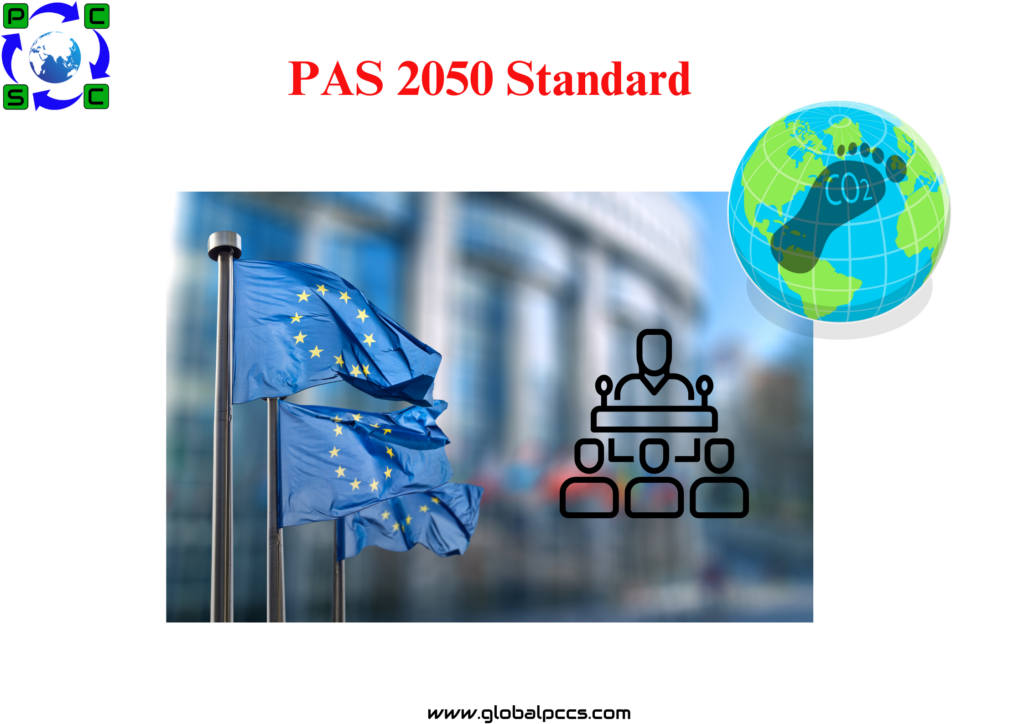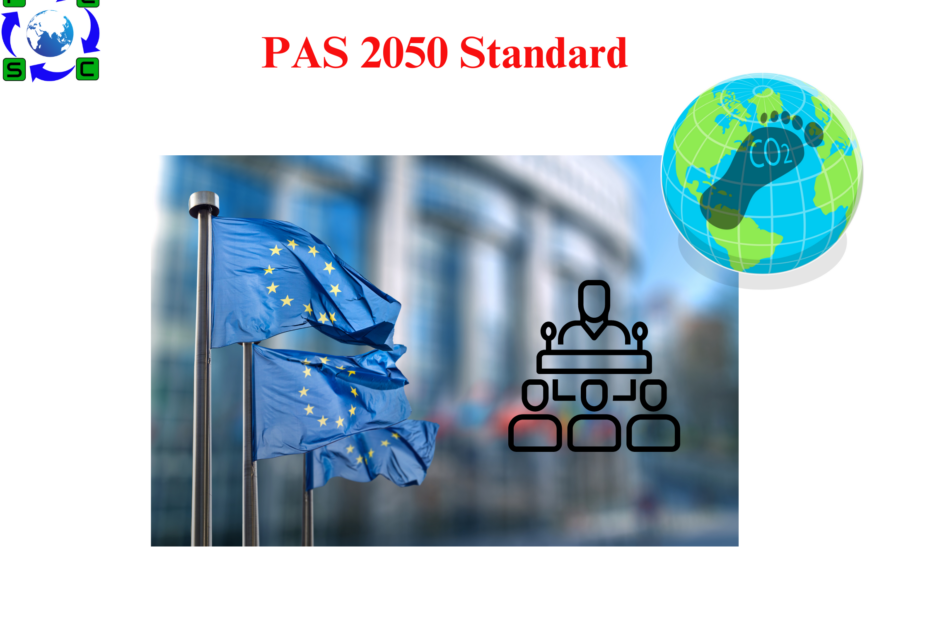 PAS(Publicly Available Specification) 2050 is a standard that can assist your firm in more accurately assessing the environmental effect of all of its different business operations, services, product life cycles, and lifetime greenhouse gas emissions contributions.
PAS(Publicly Available Specification) 2050 is a standard that can assist your firm in more accurately assessing the environmental effect of all of its different business operations, services, product life cycles, and lifetime greenhouse gas emissions contributions.
The goal of the PAS 2050, which is the first carbon footprint standard in the world, is to level the carbon footprint of goods and services so that businesses may increase productivity, cut emissions, and enhance supply chains. Ultimately, by tracking the life cycle of their products, businesses may evaluate their environmental effect and ultimately lower their overall emissions by obtaining a PAS 2050.
What are the benefits of the PAS 2050?
The advantages of having in place a PAS 2050 are great. In the end, implementing the most recent PAS 2050, also referred to as PAS 2050:2011, can help your business better manage greenhouse gas emissions from your various suppliers, aid in the reduction of greenhouse gas emissions in the future, increase the competitiveness of your business as more businesses and investors demand that companies share data on the lifecycle of their products, improve your design to become more sustainable and comply with the new demands of both customers and investors by providing low-carbon products and services, increase the use of low-carbon suppliers, and more.
Obtaining a PAS 2050 can assist businesses in meeting environmental expectations from customers, fostering greater trust and transparency between investors and customers, accelerating long-term business success, lowering the number of customer complaints, and ultimately raising customer satisfaction levels. These benefits go beyond making a business more environmentally conscious overall by reducing emissions and prioritizing tracking carbon footprints.
What is the lifecycle of a product or service?
A product’s life cycle is the period of time from the moment it is created to the point at which it is offered for sale to customers and, finally, disposed away after usage. Four distinct stages comprise a product’s life cycle: introduction, growth, maturity, and decline.
What is the difference between the PAS 2050, 2060, and the PAS 2080?
Similar to the ISO series, PAS 2050 is a part of a larger set of PAS standards, and it’s sometimes challenging to figure out which PAS standard refers to what.
The only PAS standard in the PAS series that is accepted as an international norm for carbon neutrality is PAS 2060. To put it succinctly, the British Standards Institution originally adopted the PAS 2050 as a guideline for reducing emissions, and that standard served as the foundation for the PAS 2060.Being the initial framework for businesses looking to quantify their carbon impact, PAS 2050 is older than both PAS 2060 and PAS 2080. While the PAS 2080 was first introduced in 2016, the PAS 2060 was first introduced in 2010.
The British Standards Institution released three standards: PAS 2050, PAS 2060, and PAS 2080. Of them, PAS 2050 is the oldest, while PAS 2080 is the most recent.
The three PAS series standards may all assist businesses in lowering their carbon emissions and enhancing transparency to increase customer satisfaction; however, each PAS series standard is more detailed than the PAS 2060.
Is the PAS 2050 similar to an ISO 14067?
The PAS 2050 and ISO 14067, a certification in the ISO series, resemble each other remarkably.
Both the PAS 2050 and the ISO 14067 are recommendations that assist businesses in determining the carbon footprint of their goods throughout the course of their whole life. This makes them extremely comparable. The PAS 2050 and the ISO 14067 do differ in a few ways, though.
Unlike the PAS 2050, which is accepted in the US, Europe, and China, ISO 14067 is globally recognized and may be used to certify carbon footprint-measured goods and services anywhere in the world. Although the ISO 14067 and PAS 2050 were issued in 2008 and 2013, respectively, the former may be more beneficial for your business if you’re looking for worldwide commercial success. Additionally, ISO 14067 offers guidelines for monitoring a product’s life cycle that align with Agenda 2030, the thirteenth Sustainable Development Goal of the UN General Assembly.
In summary, while both PAS 2050 and ISO 14067 can assist a business in measuring the greenhouse gas emissions associated with its goods and services, ISO 14067 may be more effective if you’re looking to expand internationally while also supporting the sustainable development goals outlined in the UNGC’s Agenda 2030.
It is well known that obtaining an ISO certification requires a lot of documentation attesting to a company’s commitment to the relevant environmental job.
What is required to implement a PAS 2050 into your company?
There are two main actions you must take in order to adopt a PAS 2050 in your organization:
- Providing a detailed report and
- Creating a viable action plan to measure the carbon footprint of products and services in the future.
To begin the process of implementing a PAS 2050 in your company, a thorough benchmarking study is needed. In order to comply with recommendations from other projects, like the Carbon Disclosure Project, your company should divide emissions according to the following: an estimated calculation of the greenhouse gas emissions associated with your products; a report detailing where in the value chain the most greenhouse gas emissions are produced from; and areas of your business model that may need to be changed in order to reduce greenhouse gas emissions.
It’s crucial to remember that you should aim to meet the requirements of multiple accreditations, such as by upgrading your environmental management system with the ISO 14001 or adhering to the UNGC’s sustainable development goals, rather than stopping with the guidelines provided by standards like the PAS 2050.








 Authorised IMDS & CDX Training & Consulting partner for
Authorised IMDS & CDX Training & Consulting partner for






